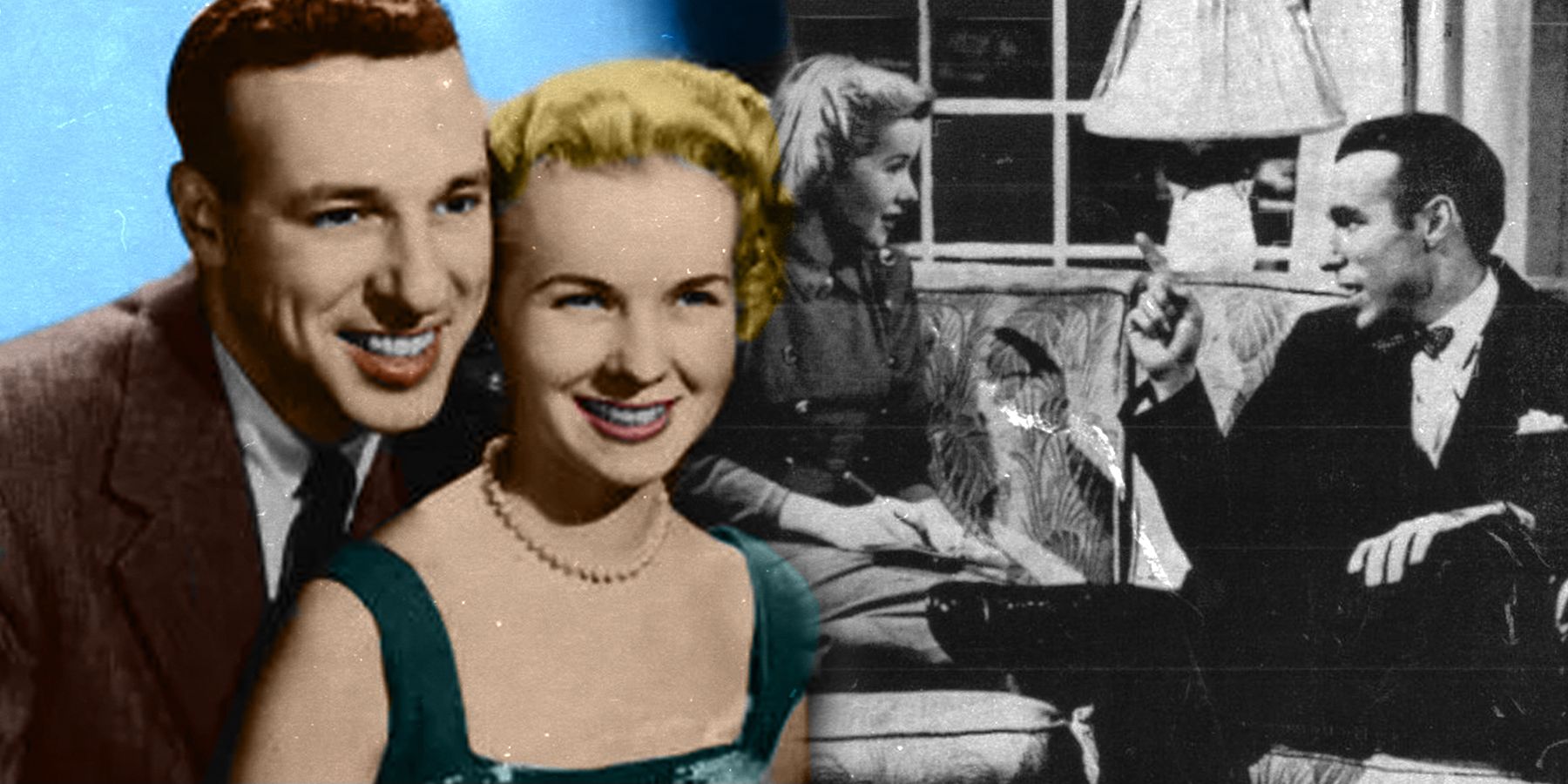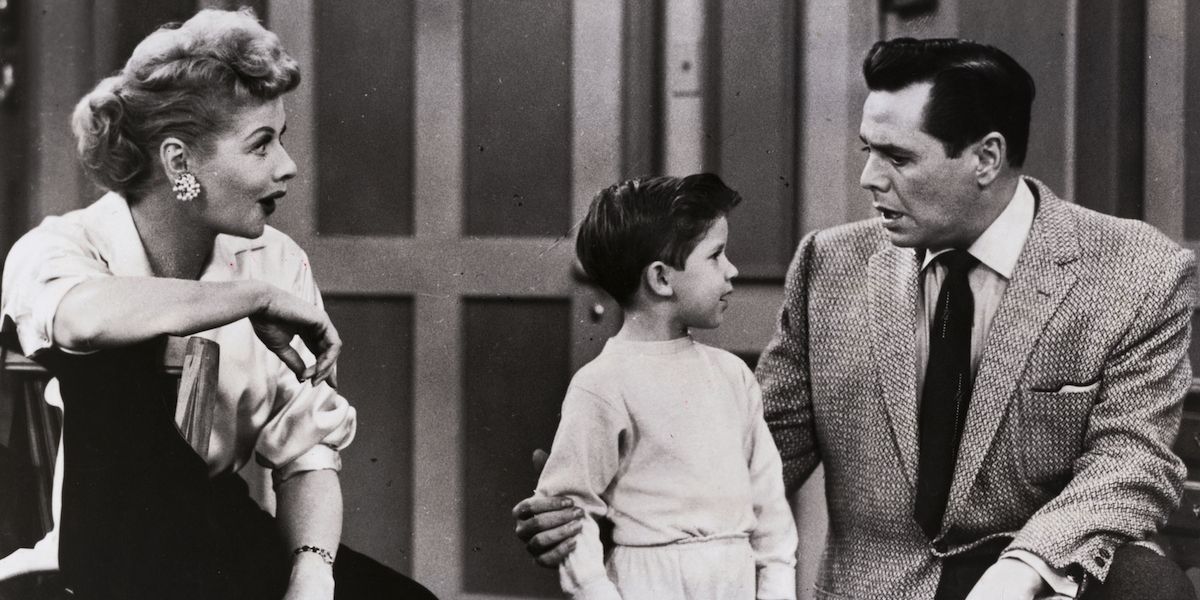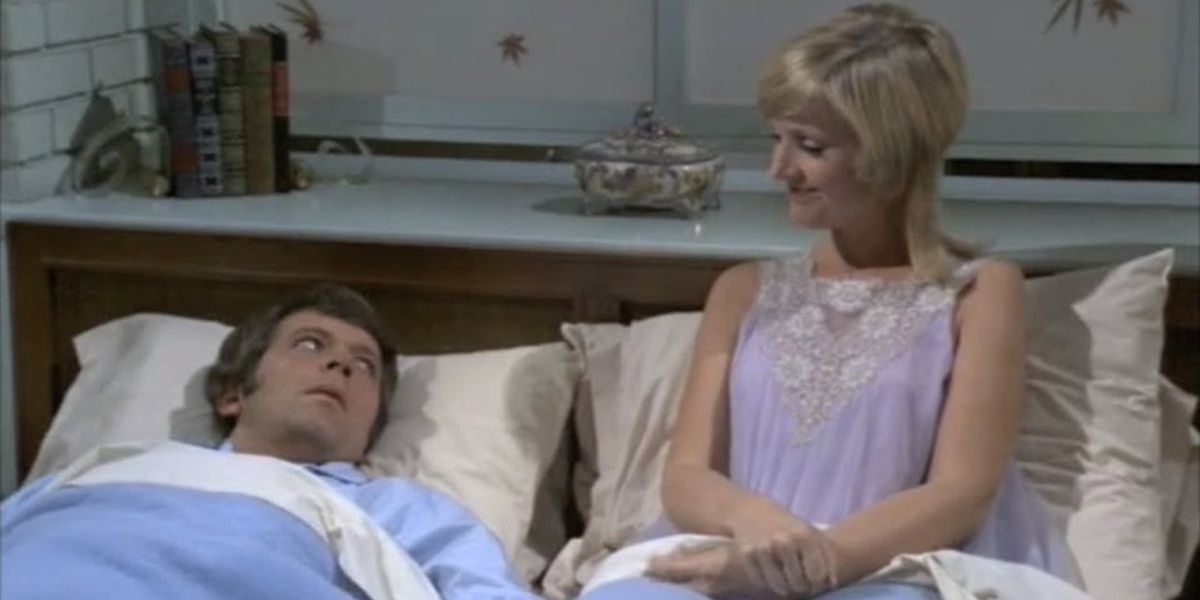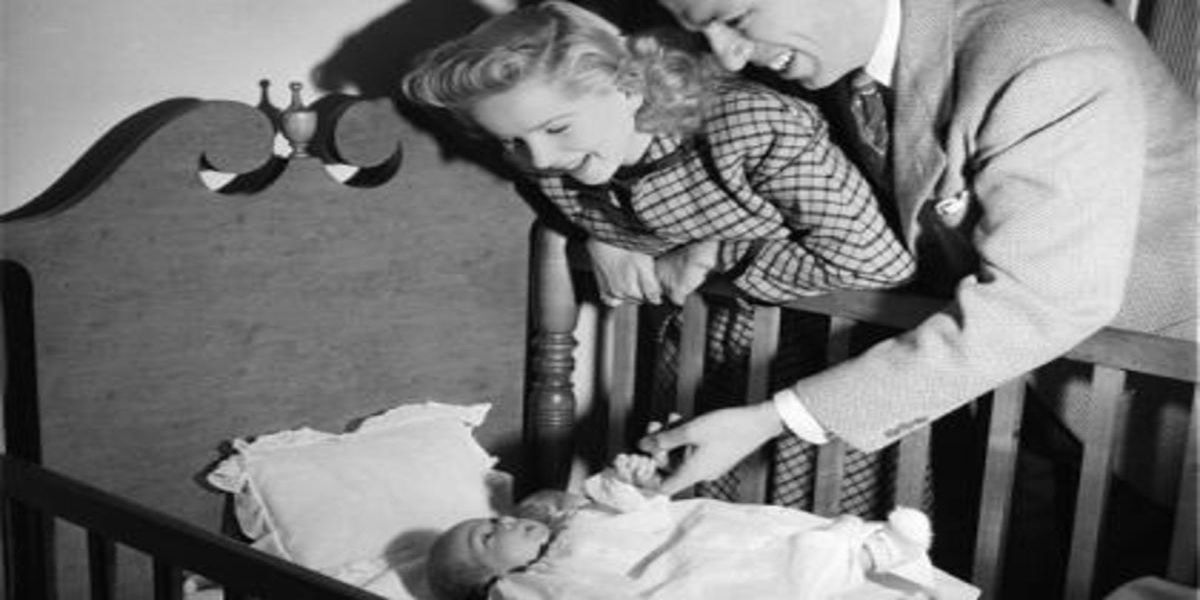There is so much available content competing for audiences' attention nowadays that newer television shows push the envelope farther than what could have been imaginable years ago. What is considered socially acceptable to depict on TV has fluctuated throughout the years. As audiences became more lax and the idea of a nightly "family hour" became more outdated, language that was once considered vulgar now regularly makes its way into primetime. Use of swear words is now common, whereas it was once taboo to even use the word "pregnant."
When Lucille Ball's real-life pregnancy was incorporated into her hit show I Love Lucy in 1952, the episode was titled "Lucy Is Enceinte," enceinte the French word for pregnant. Characters weren't allowed to address Lucy's "condition" but could say that she was "expecting." Many credit the show as the first to depict pregnancy and birth, but that credit belongs to 1947's Mary Kay and Johnny, America's first sitcom. Even though I Love Lucy debuted only five years later than Mary Kay and Johnny, television sets were much more common in American households by then.
Mary Kay and Johnny Were the First To Share a Bed
Mary Kay and Johnny was ahead of its time in more ways than one; it was also the first show to depict a couple sharing the same bed. The show was written by and starred real-life married couple Mary Kay and Johnny Stearns. The first episode was broadcast live on DuMont Television Network at a time when only about 35,000 TVs were in use. By the time I Love Lucy aired a few years later, 15 million US homes had TVs. Larger audiences meant stricter standards, leading even Lucy and Ricky Ricardo to have separate beds.
People often think of Mike and Carol Brady from The Brady Bunch in 1969 as the first couple to share a bed on TV. Even though Mary Kay and Johnny was the first more than 20 years before that, no recordings of the show have survived, making it impossible to reach the same audiences as a show like The Brady Bunch or I Love Lucy. Thanks to a set of rules governing American filmmaking, called the Hays Code, it wasn't until the 1960s that it became more commonplace to see couples sharing beds. The Code banned any references to sexual behavior, making the depiction of sharing beds and pregnancy quite taboo for the time.
Bewitched and The Munsters Helped Normalize Sharing a Bed
Wilma and Fred Flintstone shared a bed on 1960's The Flintstones, but is largely overlooked for being animated, while Mary Tyler Moore and Dick Van Dyke slept separately a year later on The Dick Van Dyke Show. It wasn't until Bewitched and The Munsters in 1964 that attitudes shifted, and it became more standard to see couples sharing beds. It's widely believed that Mary Kay and Johnny got away with it partly for starring a real-life married couple, but even more so for being the first show of its kind before TV usage skyrocketed.
When Lucille Ball became pregnant with real-life husband Desi Arnaz, producer Jess Oppenheimer fought to include it on I Love Lucy. Though it was rare to see pregnant women on-screen at the time, Mary Kay and Johnny had already paved the way and provided a blueprint for Lucy. Both shows aired episodes of the stars giving birth on the same day the women actually gave birth. Because Mary Kay and Johnny was shot live, the episode featured Johnny in a hospital waiting room anxiously waiting for news of his son Christopher's birth. Christopher became a character after appearing on the show only weeks later.
From Beds to Births, Mary Kay and Johnny Broke the Mold
Standards of what is considered socially acceptable to depict on-screen change over time. What was considered inappropriate decades ago is laughable today. It was rare to see toilets on TV until the 1980s, for example. The same show that famously depicted Mike and Carol Brady sharing a bed also failed to show a toilet in the bathroom their six kids shared. Nudity was unsurprisingly against the rules, but so was exposing women's belly buttons. Shows like Gilligan's Island and I Dream of Jeannie required costumes that didn't reveal too much of their stars' stomachs.
The increasingly lax standards around what is prohibited from being shown on screen would leave audiences from yesteryear downright appalled by modern TV shows. As America's first sitcom, Mary Kay and Johnny made history in more ways than one. The series was not only the first to depict couples sharing a bed, but also the first to depict pregnancy and birth at a time when it was unthinkable to even utter the word "pregnant" onscreen. Unfortunately no recordings of the show have survived, making it unavailable for viewing.




